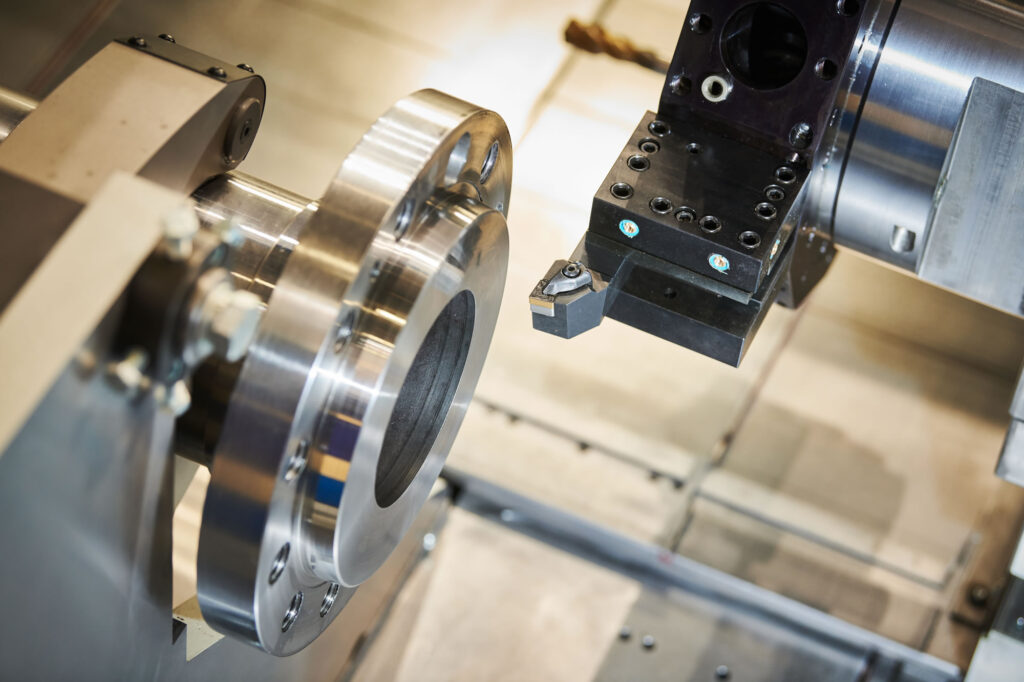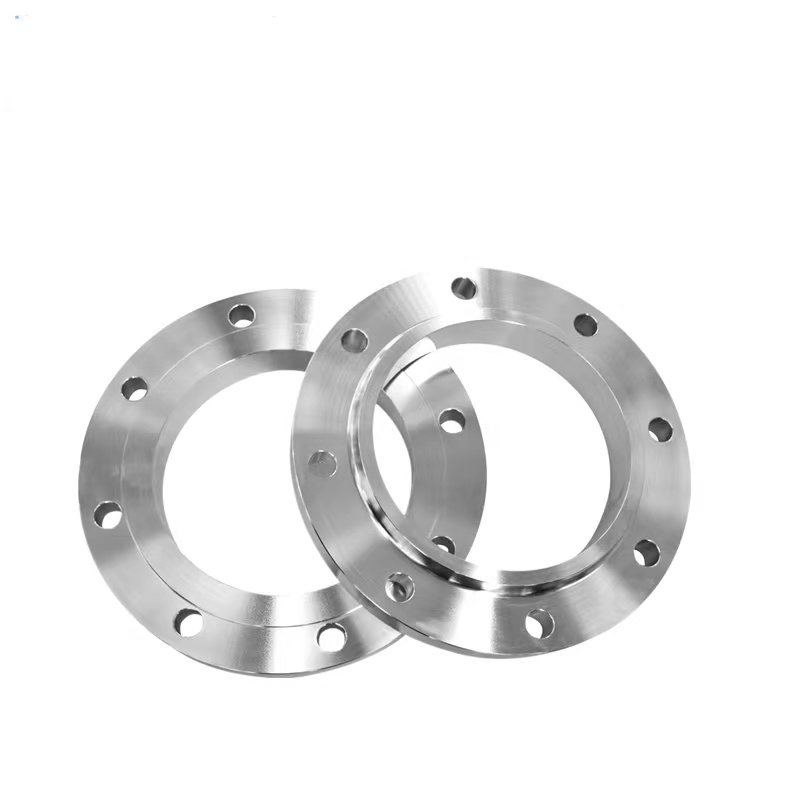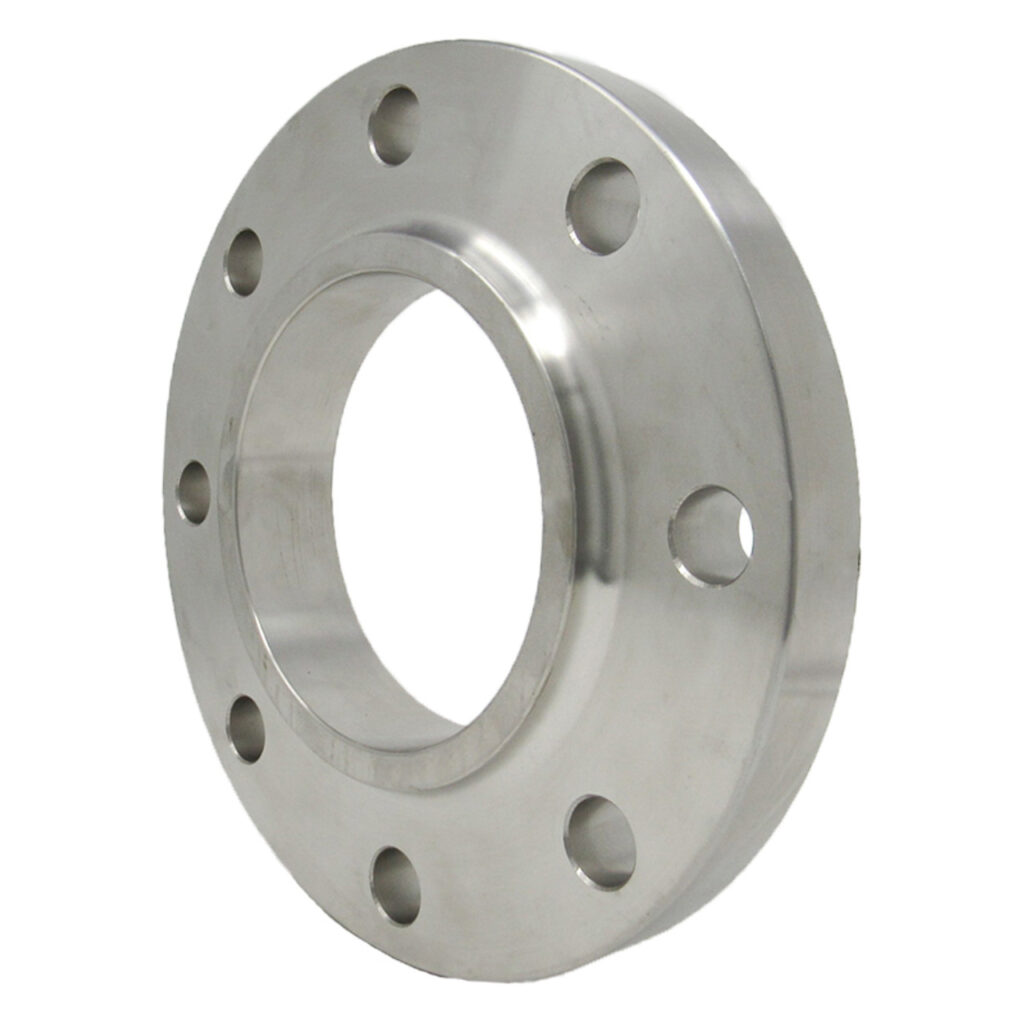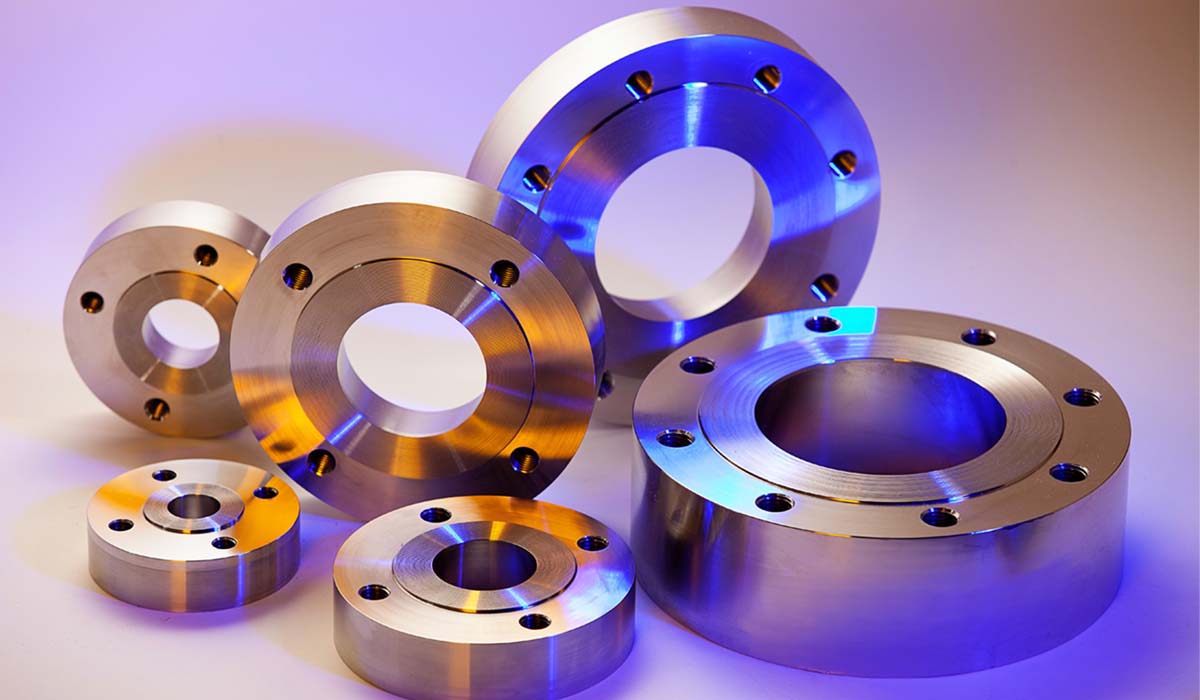A Comprehensive Guide to Stainless Steel Flanges
When a material with extraordinary qualities, unparalleled durability and outstanding corrosion resistance is required, stainless steel flanges and fittings come up for review.
By looking at their basic composition, you will find that their inherent strength exceeds that of the acceptable but less resilient hot-dip galvanized steel.
As you work to narrow down the most suitable stainless steel flanges and fittings, keep in mind the manufacturing process of forging, casting or cutting, as precise manufacturing techniques await the final output.
1. Advantages of Stainless Steel Flanges and Fittings
Stainless steel has a significant proportion of chromium, which gives it remarkable corrosion resistance, a property that is attributed to the delicate oxide layer formed by chromium, which acts as a protective layer on the surface of the material. However, it is important to realize that if this protective barrier is breached, unwelcome intruders such as corrosion and rust can penetrate.
However, stainless steel is unique for its extraordinary durability and minimal maintenance requirements. What really makes it special is its inherent ability to self-renew. The protective layer of chromium on the surface of the decorative material has an impressive regeneration ability to repair minor imperfections that may damage its surface.
Implementing proper maintenance measures is essential to ensure the longevity of stainless steel flanges and fittings. These measures play a key role in resisting rust and surface damage. It is worth noting that even with such caution, exposure to the effects of salts poses a constant threat of corrosion.
Therefore, it is wise to carefully select the grade of stainless steel that is suitable for your specific application. Moreover, it is a tricky approach to eliminate corrosive substances and rust with the use of appropriate solvents as a routine maintenance measure.
In addition, stainless steel exhibits unparalleled adaptability in the field of piping systems. Its constituent elements can be easily and precisely manipulated or manufactured to meet your exacting specifications and provide customized solutions for flanges and fittings.

2. Applications and Uses of Stainless Steel Flanges
Stainless steel flanges and fittings are widely used in a variety of fields, including residential, commercial and industrial piping systems. The combination of robustness, unparalleled corrosion resistance and unyielding durability in the face of high temperatures, great pressures and violent flows makes stainless steel a clear choice to promote seamless pipes for gases or liquids.
Its importance is important in the field of chemical processing, maritime engineering, sanitary environments and any environment where corrosion protection is necessary. To understand stainless steel grades and flange types, you can refer to the standards or contact us for expert guidance to ensure that you purchase the ideal stainless steel grade and flange type to perfectly match your required application.
Stainless steel flange types are numerous and meet multiple standards, including but not limited to AWWA, DIN/Metric and ANSI grades. Within these comprehensive frameworks, a variety of common flange types have emerged, as well as the ability to perform machining and customize flanges for unique applications.
3. Types of stainless steel flanges
1. Weld neck: This flange type is the embodiment of solidity, symbolizing unwavering structural integrity, providing a solid connection that will stand the test of time. It maintains the strongest overall connection.
2. Slip-on or ring type: This flange type combines convenience and adaptability, easy installation, while being able to adjust dynamically in the blink of an eye. This is the most modular flange connection with holes.
3. Socket weld: This flange type has elasticity and impeccable sealing capabilities, suitable for high-pressure applications. Its sealing status is because the flange wall thickness is the guardian of the fluid pipeline.
4. Lap joint: This flange type has a unique and superior design that perfectly combines firm stability and free separation for unparalleled versatility.
5. Blind flange: This flange type reliably protects the end of a piping system. They are almost always paired with another flange type with holes.

4. Stainless steel flange material
Stainless steel pipe flanges are a versatile component used to connect pipes with the utmost precision, with material properties derived from a wide variety of elements.
• Corrosion resistance is an unparalleled property that enables austenitic stainless steel to defeat the relentless attack of corrosion and stop the spread of rust, making it the perfect guardian in harsh environments plagued by this threat.
• Strength and durability combine to form an unbreakable fortress as stainless steel flanges bravely withstand the relentless pressure and scorching temperatures in the most demanding conditions, emerging unscathed from the rigors of the challenge.
• Ductility allows them to adapt, bend and conform without causing fractures or cracks.
• Thermal conductivity conducts heat from one point to another, ensuring seamless transfer and unifying disparate elements.
5. Standards for Stainless Steel Flanges and Fittings
The materials for flanges and fittings in piping systems are governed by a variety of standards that outline chemical composition, dimensions, pressure ratings, and other requirements, including flange weight. These standards cover the application of stainless steel and contain different guidelines.
Let’s take a closer look at some of the most prominent ones:
• AWWA C228: This waterworks standard specifies minimum material requirements and dimensions for commonly used stainless steel grades to ensure optimal performance and compatibility for hydraulic process piping.
• ASTM A182 is a comprehensive standard that governs the field of forged or rolled piping system components designed to withstand the rigorous demands of high-temperature service, in addition to basic stainless steel and chrome grades.
• ASME B16.5 is a dimensional standard that covers the scope of pipe flanges and flange fittings, even extending into the field of stainless steel.
• ASME B16.34 This rating system ensures that valves have enough strength and resilience to withstand the tremendous forces exerted within piping systems.
• ASME B16.47 is a standard specifically developed for large-diameter steel and stainless steel flanges. It takes into account the unique needs of large diameter flanges, which in turn take into account flange size and material requirements.

6. How to choose the stainless steel grade for flanges?
When choosing a stainless steel flange, fitting or accessory, it is important to select the appropriate grade for the application. Common types used are 316 and 304 stainless steel, as they are known for their strength and ability to withstand heavy pressure.
If you are looking for an experienced xavier If you are looking for an experienced machining manufacturer, Xavier is your ideal choice. The Xavier team is well-equipped to provide high-quality machining solutions. If you need more information or to discuss your machining needs with us, please feel free to contact us.
